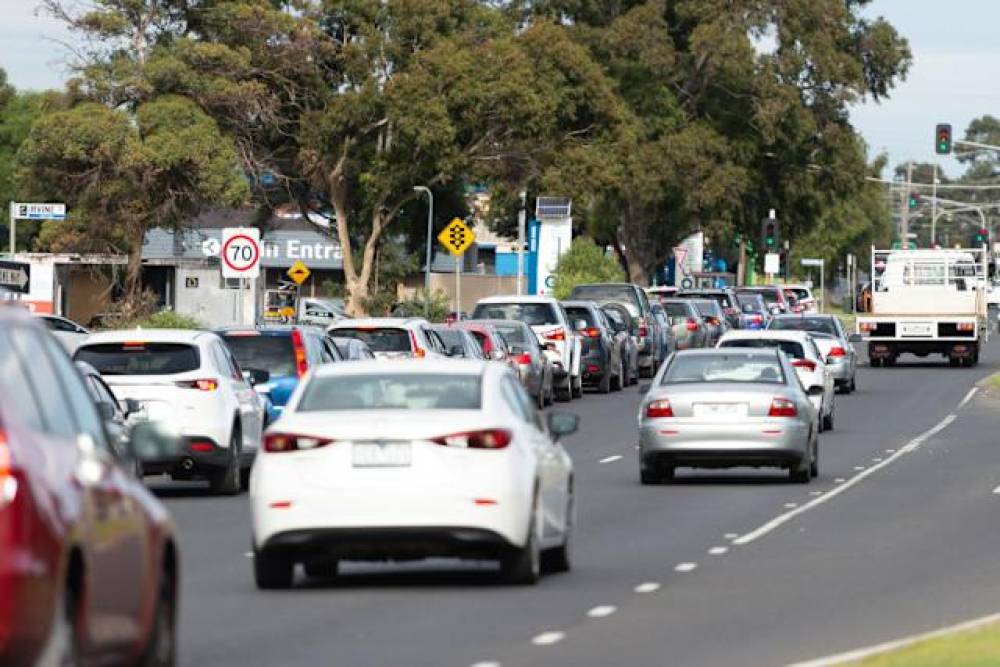
Saturday, 12 April 2025 | Sydney
A looming change to Australia’s vehicle emissions policy is sparking a growing rift between electric vehicle (EV) advocates and the country’s large caravan community, who fear the cost of towing-friendly vehicles could soon skyrocket.
From July 2025, the federal government will begin enforcing the New Vehicle Efficiency Standard (NVES) — a mandate requiring manufacturers to meet fleet-wide carbon emissions targets for all new cars sold in Australia. Companies that fail to comply will face hefty penalties, which are expected to be passed onto consumers, potentially making many popular towing vehicles more expensive or even unavailable.
The Caravan Industry Association of Australia has raised concerns about the policy’s real-world impact on rural and regional travel. According to industry spokesperson Luke Chippindale, caravaners — many of whom venture hundreds of kilometres into regional areas on holiday — could be left without viable vehicle options.
"Under load, EVs are stopping every 100 kilometres on average. That’s fine in cities, but not in remote Australia," Chippindale told Yahoo News. “We need vehicles that can tow heavy caravans across long distances where charging infrastructure is not in place.”
Although EV technology is rapidly evolving, current battery capacities struggle to support long-distance towing. Tests have shown that towing large caravans can slash EV range by as much as 50%. While some electric utes and SUVs capable of towing are now emerging in the Australian market, Chippindale argues that the pace of change isn’t fast enough to match demand.
“We’re not against EVs — we support cleaner technologies,” he said. “But we’ve tried to answer a complex problem with a solution that isn’t yet viable for rural touring.”
Charging industry expert Ross De Rango, formerly with the Electric Vehicle Council, echoed similar sentiments last year, saying: “You’ll see electric SUVs towing small vans today, but it’ll be a while before big caravans are routinely towed long distances by EVs.”
Chippindale suggests policy innovation is needed — such as allowing caravanners to tow supplementary battery packs, which could recharge EVs while driving. Such setups are currently not permitted on Australian roads.
The policy shift has sent ripples through the car industry. Popular models such as the Ford Everest 4x2 and Isuzu M-UX 4x2 may face removal from sale due to being classified under stricter passenger vehicle rules rather than commercial 4x4 categories. Manufacturers including Isuzu, Mazda, and Great Wall Motors have warned dealers about expected NVES-related penalties, hinting at possible price hikes. Even the iconic Toyota LandCruiser may see reduced availability under the new rules.
Toyota and Mitsubishi have voiced support for cleaner vehicle standards but acknowledged the logistical and pricing challenges NVES brings.
Opposition Leader Peter Dutton has pledged to scrap NVES financial penalties if the Coalition wins next month’s federal election — a move the Albanese government says would derail Australia’s push toward a greener, more efficient car market.
Deputy Opposition Leader David Littleproud said the government is “punishing Australians” in the middle of a cost-of-living crisis. “We believe in reducing emissions, but what government raises the cost of vehicles right now?” he asked.
Shadow Transport Minister Bridget McKenzie also warned that the price of petrol and diesel utes will rise, pushing people to hang on to older, more polluting vehicles.
However, Independent MP Zali Steggall, a key supporter of NVES, fired back: “It’s like Peter Dutton dusted off an old bad policy and is trying to sell it again. These standards bring safer, cleaner, and more fuel-efficient cars to Australia. Without them, we’d keep being a dumping ground for the dirtiest vehicles.”
Steggall stressed that manufacturers need the financial incentive to innovate. “We’ve been behind for too long,” she said on Sky News. “This policy ensures Australians are finally given better choices.”
As the July deadline nears, the NVES has become a flashpoint in the federal election and a symbol of the broader tug-of-war between climate policy and practical transport realities in regional Australia.
With tourism, cost-of-living, and emissions all on the line, the next chapter in Australia’s road transport evolution may be shaped not just by carmakers — but by voters.